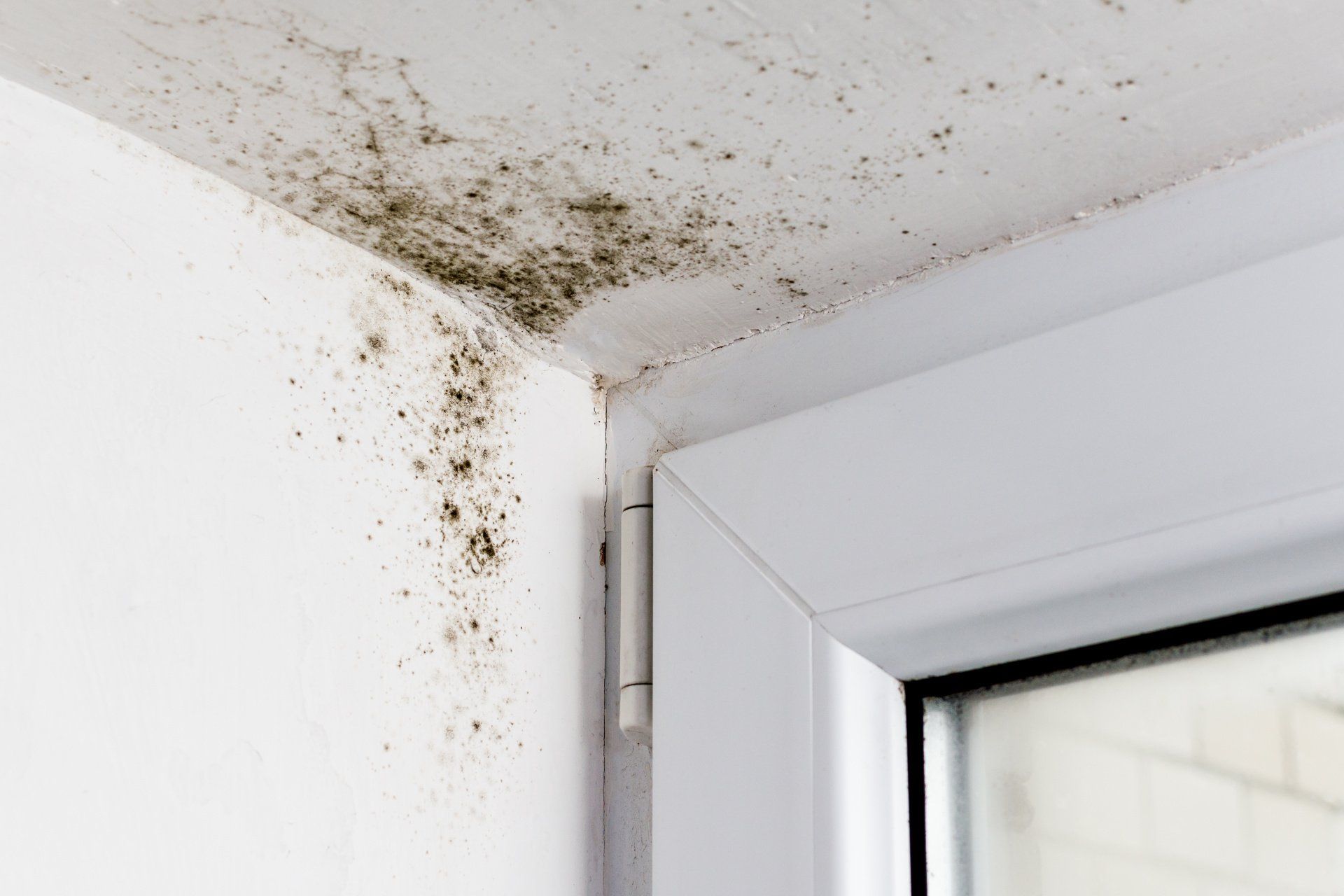Mold and Drywall: What's the Deal?
- By Dotcom Design
- •
- 23 Apr, 2019
- •

As a homeowner, you're probably pretty aware of the issues that mold can cause in your home. However, you haven't taken the proper home improvement methods to get rid of it because you either didn't have the time or money. Or – even worse – you didn't notice that it had developed on your drywall until it had rapidly spread to cover much of your wall and created a green and black canvas that you don't want to paint on any time soon.
Unfortunately, this problem is one that you just cannot tolerate in your home for one second longer than necessary. Any type of mold is problematic, and it can grow so fast that you're likely to experience a multitude of issues if you don't take quick steps to manage them properly. Thankfully, professional drywall specialists can not only help you better understand this issue but can manage it for you constructively and beneficially that takes time off your hands for the better things in life.
How Mold Grows on Drywall
Mold and mildew typically grow on a variety of surfaces depending on their surface moisture. For example, your HVAC system is often home to many types of mold due to condensation on the sides of the unit. This moisture provides mold with a comfortable place to grow and gives it room to expand. Unfortunately, mold may also rapidly spread to other parts of your home as well.
Mold can also grow on drywall because its wood particles provide it with not only a smooth surface on which to grow but for some food particles as well. Mold is like any living thing and it needs food and water to survive. The fiber particles in drywall may help to provide it with a little nutrition while it expands and finds more suitable sources of food for its needs.
This problem may not seem as big of an issue as mold in your HVAC system. However, mold on your drywall is a particular issue because the spores may quickly go airborne if you disrupt them. Even worse, your drywall is the perfect spot for unimpeded mold growth because it has such an expansive surface. Thankfully, you can manage this problem but should fully understand the danger to avoid any complications.
Why Mold is Dangerous on Drywall
Mold is never a good element to have in your home but can be particularly an issue if you let it expand on your drywall during any type of home improvement project. The drywall in your home is attached to various areas of your home and may cause a multitude of health problems and even issues with your home.
Although your HVAC system is the most common source of mold, and the worst place for it to grow, it may easily spread onto your drywall or vice versa, causing an ebb and flow that is very frustrating and difficult to manage. Just a few of the most common of these problems include:
- Easy to Spread – Mold on drywall is a problem because it gives the spores access to a large portion of your home. As these growths spread rapidly, they will take root in other areas, such as your HVAC system, and potentially spread spores through the air.
- Allergic Reactions – If anybody in your family is allergic to mold, drywall spores can be a real danger. Contact with them will cause a multitude of reactions, even shock, that may be life-threatening. This problem worsens if other issues are involved.
- Asthma Attack Problems – People with asthma are often susceptible to mold spores and may react negatively to them. It may cause them to cough excessively or even trigger an attack that makes breathing nearly impossible without help.
- Damage to Home Areas – Mold spores, while not very corrosive, may cause some minor damage and stains to your drywall and other areas of your home as it expands. When this happens, you'll need to get the mold removed ASAP to avoid any problematic issues.
When to Clean Mold on Drywall
If you see mold growing on any of your drywall, you shouldn't wait too long before you get it cleaned and destroyed. If possible, get it cleaned off of your drywall in a matter of hours and, if that's not possible, no more than a day or so. If you wait much longer than that, you increase the risk of mold spreading rapidly through your home and getting into your HVAC system and in other areas.
Typically, you can clean mold in a variety of ways on your own to save yourself a little money. For example, a mixture of bleach and water – one-half cup bleach to one quart of water – will disinfect the surface of your drywall and ensure that nothing goes wrong. You'll quickly kill the spores and keep them from moving beyond their initial invasion point. This step is useful if your mold growth is still quite small.
Other cleaning methods include Borax, vacuums, vinegar, ammonia, hydrogen peroxide, and even sandblasting if the situation gets desperate enough. Sandblasting is only advisable if you want to destroy the mold – and parts of the wall – to keep it from spreading. Typically, this method is only used if no other option works and if the mold has penetrated the surface of your drywall.
Once your mold grows beyond its initial spot, though, you should probably contact a home improvement professional to manage the situation for you. These experts can use high-powered cleaning tools to blast away mold, mildew, and any other issues and provide you with a safe and healthy home that is free of drywall mold. This option is smart if you get sick from mold or anyone else in your family suffers from allergic reactions.
Who to Contact for Help
By now, you should fully understand the dangers of mold on your drywall and are likely prepared to do something proactive about it. This choice is a wise one because it can help you better prepare to deal with mildew and other types of growths that can quickly develop in your home. Thankfully, there are many professionals who you can help to manage this situation for you.
For example, you can contact us at IA Drywall Inc. to learn more about drywall installation and maintenance. Our Iowa City home improvement experts are skilled at identifying a variety of drywall problems and will do what we can to help you succeed. Just as importantly, we can install new drywall in your home if mold affects it, providing your Iowa City and Cedar Rapids, IA homes with the protection you need.

